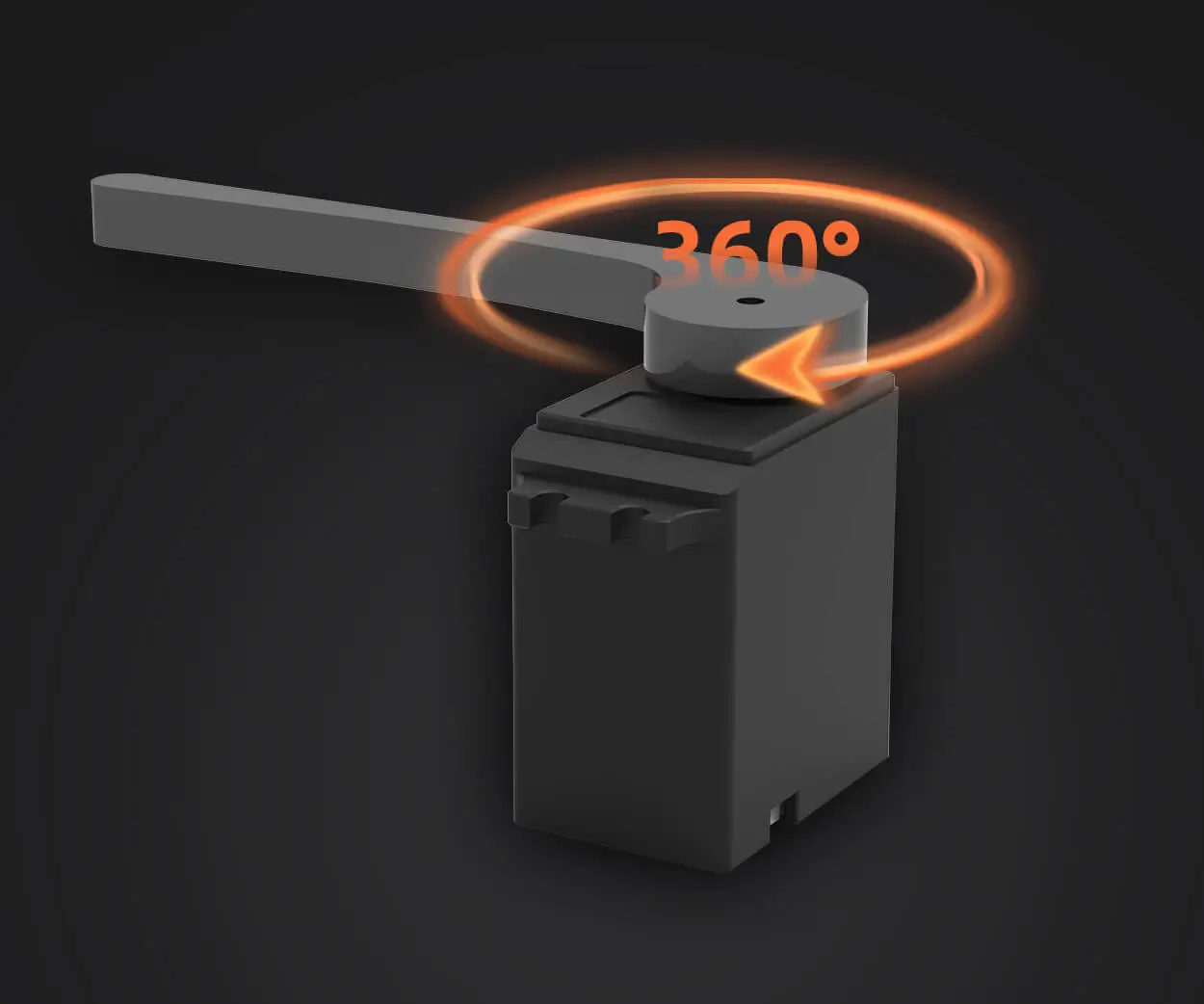In today's tech-driven world, businesses are constantly looking for ways to stay ahead of the curve. One method that’s been gaining a lot of attention lately is microservices architecture. At first glance, it might sound like just another tech buzzword, but when you dive deeper, it becomes clear why so many companies are making the switch. Microservices can revolutionize the way software applications are developed and managed, allowing for greater flexibility and efficiency.

So, what exactly is a microservices application? Imagine you have a huge application, like an e-commerce platform, and instead of having one massive, monolithic codebase, you break it down into smaller, manageable pieces—each serving a specific purpose. For instance, one service could handle payments, another could manage product inventory, and yet another could deal with customer reviews. These individual components, or "microservices," communicate with each other, but they’re also independently deployable, scalable, and can evolve separately.
What makes this approach so appealing? Well, let's think about it. Traditional applications often become cumbersome and difficult to manage over time, especially when it comes to updates. With microservices, developers can push updates to one service without affecting the others, making maintenance and scaling much easier. This can lead to faster time-to-market, which is key for staying competitive.
Let’s take an example. Say you're running a food delivery app. Your platform might have services for processing orders, handling payments, updating the delivery status, and managing customer feedback. With microservices, you can work on each of these independently. If you want to upgrade the payment gateway or introduce a new feedback mechanism, you can do so without needing to overhaul the entire system. It’s like fixing one part of a car engine without having to rebuild the whole engine!
But what about performance? Won’t microservices slow things down due to constant communication between services? Not necessarily. Microservices are designed to be lightweight and efficient, often built using technologies like containers and APIs that optimize interaction. While it’s true that there’s some overhead in managing multiple services, the benefits—like being able to scale up certain parts of the application when traffic increases—usually outweigh these concerns.
Of course, there are challenges. Microservices require careful planning. If one service goes down, it could impact the entire system, so monitoring and resilience are crucial. But with the right tools and practices, you can mitigate these risks and keep your application running smoothly.
At the end of the day, microservices offer a powerful way to build and maintain software applications. Whether you're running an e-commerce store, a financial platform, or a media service, adopting a microservices approach could be a game-changer. When done right, it gives businesses the ability to innovate faster, scale more efficiently, and stay ahead of the competition. So, if you’re ready to take the leap, consider how KPOWER’s microservices solutions could fit into your digital strategy.
Established in 2005, Kpower has been dedicated to a professional compact motion unit manufacturer, headquartered in Dongguan, Guangdong Province, China. Leveraging innovations in modular drive technology, Kpower integrates high-performance motors, precision reducers, and multi-protocol control systems to provide efficient and customized smart drive system solutions. Kpower has delivered professional drive system solutions to over 500 enterprise clients globally with products covering various fields such as Smart Home Systems, Automatic Electronics, Robotics, Precision Agriculture, Drones, and Industrial Automation.




































